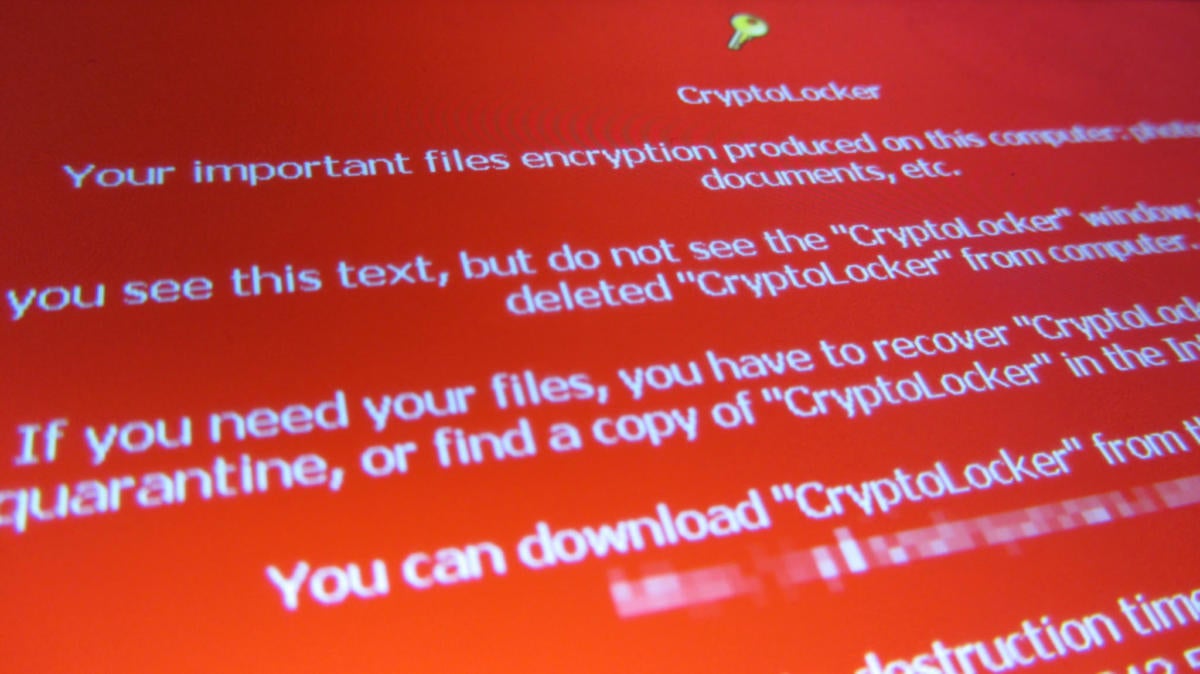
Train customers or employees to not open phishing emails.The best way to fully bounce back from a ransomware attack is to never become a victim. How to Prevent and Respond to CryptoLocker Therefore, a memory dump or network traffic capture will do very little to help gain the necessary information to restore the files since the private key needed to decrypt the files never exists on the victim computer. This initial contact with the C&C server enrolls the computer and obtains the public encryption key(s) it then uses to encrypt all the user’s files. This makes blacklisting the known domains much harder: The malware will use the DGA to generate thousands of randomized domain names, but only one may be a legitimate domain used to connect to the C&C server. Upon infection, most versions of ransomware utilize a domain generation algorithm (DGA) to randomize the DNS request that it makes to the command-and-control (C&C) server. When a computer becomes infected with ransomware, the malware typically generates a very small amount of external network traffic. Unfortunately, patching isn’t a huge help when it comes to ransomware such as CryptoLocker. Adobe defined this time period as within 72 hours. For example, IBM noted that the recent Adobe patches for ransomware are to be applied as soon as possible. Patches should be applied in a timely basis. Organizations should start by adopting an aggressive patch management policy, especially with browser vulnerabilities existing in plugins such as Adobe Flash and Java, which are used by a large portion of employees. Here is what to do in case of an incident, as well as how to prevent similar attacks in the future. While these threats can be a serious detriment to an enterprise, there are some security measures that can reduce the risk of such an attack and improve overall security posture.

CryptoLocker attacks are on the rise, along with many other types of ransomware.


 0 kommentar(er)
0 kommentar(er)
